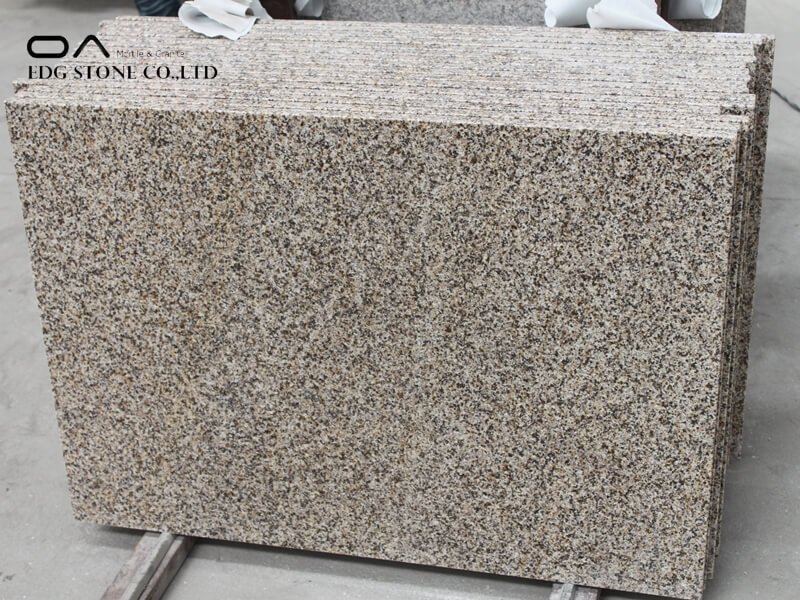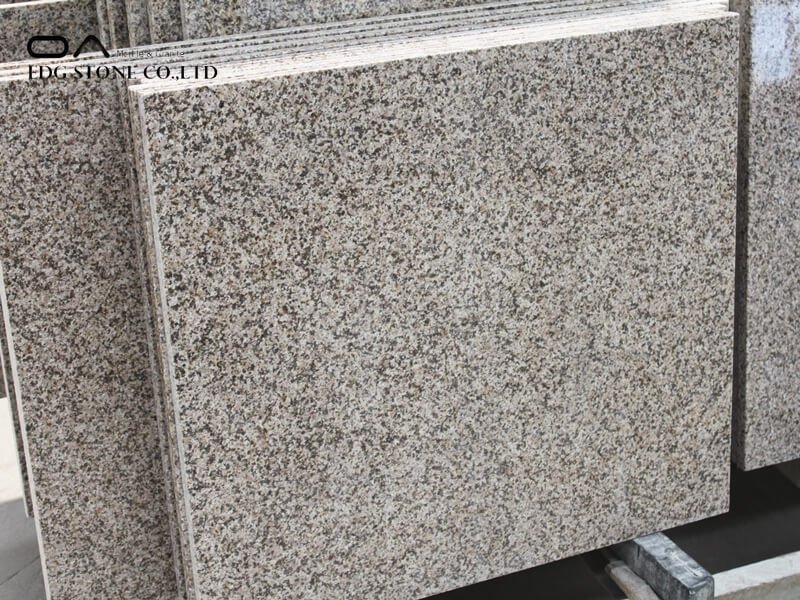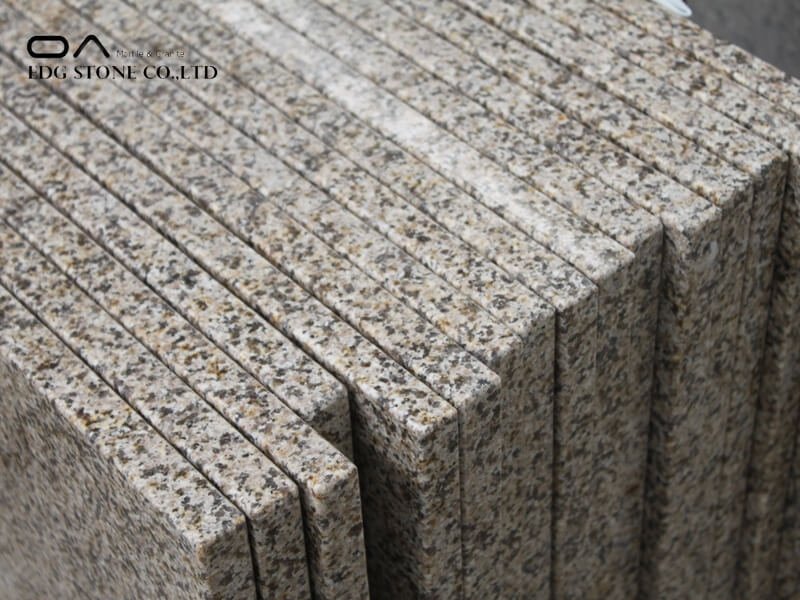Stone is a special decorative material in the decoration of new houses, and it has become another new favorite of interior decoration. Most of the problems that the decorative effect of stone fails to achieve the expected goal are not caused by the stone itself, but because people are not sufficiently aware of the details of the stone paving, causing problems in the construction.
How can we maximize the natural and noble stone decoration effect?
Stone paving construction process and construction key points, preparation work before stone paving, and issues that should be paid attention to during construction.
1. Please read the instructions on the packing box carefully before paving the stone. Stone is a pure natural product with natural texture and color difference, which is a normal phenomenon. Such as Travertine has holes, sandstone has sand holes, and the schist surface has multiple layers. The stone mosaic is made by manual processing technology, so there are natural errors between the particles, and there are also natural errors in the gaps between the particles, but it does not affect the construction (can be adjusted by yourself during construction).
2. Due to the special texture of stone products, avoid cement mortar or colored substances from contaminating the surface, and the construction site should be kept clean.
3. Before paving the stone, first clean the surface of the stone, make it clean and dry, and then brush the reverse, front and four facades of the stone twice with a water-soluble anti-seepage agent in the form of a brush (bristle brush) or roller. For best results, the first layer should be completely penetrated into the substrate (1-2 hours) and then brush a second time. After the anti-seepage treatment is completed, the pavement can be installed at least 24 hours after curing.
4. When stone paving, seams should be left for paving (except bamboo woven mosaic, etc.).
5. In order to strengthen the firmness and stain resistance of the paste, it is recommended to use an adhesive for paving.
6. For light-colored stone, please use light-colored filler.
7. The surface of slate stone is made by a special peeling process, so there is unevenness in thickness between each piece. Because the surface is rough, please use a soft cloth to wipe a small amount of edible oil on the surface between fillings to facilitate the cleaning of the fillings. Note: When filling, wipe with a wet towel while filling, not after large area paving.
8. There are many sand holes on the surface of sandstone products. Before filling the joints, apply wide tape to cover the stable drop joints and the surrounding area, and then cut the tape at the gaps and then fill the joints, so as to prevent the grout from sticking to the stone surface. Clean up.
9. After finishing the work, please look for the wax to maintain the stone.
10. During daily cleaning, please do not use acidic cleaners or powdered alkaline cleaners to clean the stone.
Second, the basic construction process of stone paving
1. Prepare the pavement bearing layer and subbase. A load-bearing layer is a plane (the ground load-bearing layer is natural and artificial, and the wall load-bearing layer is artificial), and the function of this plane is to support the load from the upper member. Its properties should have firmness, support, stability, and sealing. The base of the stone veneer is a component on which the stone veneer is directly laid. When paving the ground, the role of this base is to disperse the vertical load and tension, so that these forces are supported by the bearing layer and will not collapse.
When paving the wall, the load generated by the wall finish is transmitted to the base through the fixing device (back the bolt, mud, adhesive, fastener, etc.). Because of the variety of construction methods, so the foundation is also various. When paving the ground, the base may be one of the many standard functional layers under the ground (such as a leveling layer, or a sound insulation layer, etc.), or an existing floor (such as wood, artificial synthetic stone, ceramics, etc.). ) Or leveling layer (base layer). If it is a pavement wall, there will be a concrete wall, a visible wall, a plaster wall, or a clay brick surface under the facing plate.
The base layer and the load-bearing layer of the stone veneer do not need to keep the two consistent, but sometimes the two can be pavement uniformly. For example, when laying building floors or laying wall exterior finishes, it can be laid directly on the concrete load-bearing wall.
2. Prepare to mix the adhesive. The mixed adhesive is applied between the base and the stone veneer. This kind of product, except for a small part that is already pre-mixed and ready to use, is generally prepared on-site before paving the stone veneer. The preparation of these mixed adhesives requires plaster, thin slurry, glue, and adhesive; the tools required include buckets, spatulas, and gauges. In addition, in order to reconcile safety considerations, some protective equipment should be prepared.
3. Formal paving operation. The formal paving operation of stone veneer panels is to pave the stone floor panels or wall panels in order on the ground or the wall to be decorated. This is an important conversion process for all design ideas and preparations to be implemented in practice.
This stage can be divided into two steps. One is to extend and position the connecting materials (plaster, adhesive, thin slurry, wall facing “dry method” mechanical fixing devices); the other is according to the texture direction of the board ( In order to form a certain pattern, reflect the value of the texture, etc.) fix the board and make up for all the uneven defects of the underlying layer.
4. Filling and jointing. This process is to select appropriate materials (caulking agent, plaster, thin slurry, joint filler, etc.) to close the gap between the plates on the paving floor. This is the follow-up operation of the formal paving operation. It is not a formal paving operation, so pay attention to the time interval between the filling and jointing and the formal paving.
5. Further refurbishment of the surface of the veneer board (only for the ground). This process is to grind and polish the ground. If the floor plank is a rough board, it is pre-specified that it is polished on site. Other possible additional tasks are the use of wax and protection (oil, water) and waterproofing products.
Three, the main points of stone construction
1. The treatment of the base layer should be clean, and the unevenness should be flattened and repaired first. The base layer should be clean, without mortar, especially white mortar ash, oil stains, etc., and moisten the ground with water.
2. Before paving, try to assemble the boards, match the pattern, match the color, and number, so that the patterns on the ground are the same.
3. The stone must be soaked in water and dried in the shade, so as not to affect its hardening, hollowing, shelling, and other problems.
4. Standard blocks must be placed when paving stone and porcelain tiles. The standard blocks should be placed at the intersection of the cross lines and installed diagonally.
5. During the paving operation, each line should be hung in sequence. The stone must be soaked in water and dried in the shade and wipe the backside.
6. The maintenance of the stone and porcelain tile floor after paving is very important. It must be sprinkled with water 24 hours after installation, and covered with sawdust after the paving.
7. After the paving is completed, no one will be allowed within 2~3 days.
Fourth, the problems to be paid attention to in the construction of stone materials
1. Gap filler: There are three types of grout fillers, which are suitable for different gaps: 1) No sand type grout-applicable to gaps below 3MM; 2) Anti-mold grout (ie fine sand type)-applicable to 3MM— 5MM gap; 3) Stone grout (ie coarse sand type)-suitable for 5MM-12MM gaps.
2. Binder: In addition to the glue, the binder also includes auxiliary components such as solvents, curing agents, toughening agents, preservatives, colorants, and defoamers. In addition to the most commonly used animal glue, the binder also includes synthetic resin, rubber, and paint.
3. The construction base surface must be flat and dry, and the surface must be clean, free of dust, oil, and no peeling or powder falling.
4. During construction, use a 6mm toothed drape on the wall and a 10mm toothed drape on the ground. Use the draper to draw the texture of the adhesive and then paste the tiles, so that the tiles and the adhesive are fully bonded to maintain the adhesion. The flatness and strength of the knot.
5. Adhesives, tiles, and base surfaces do not need to be soaked and wetted.







